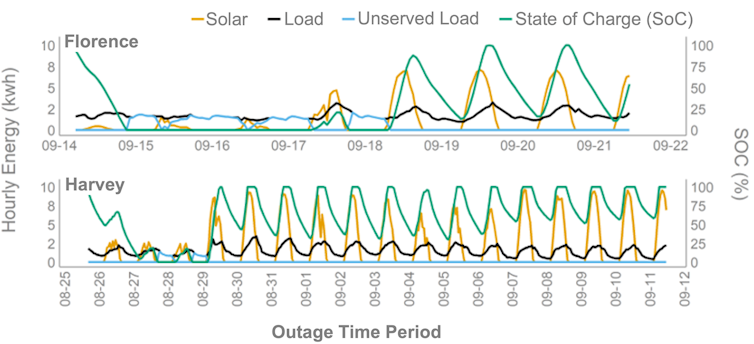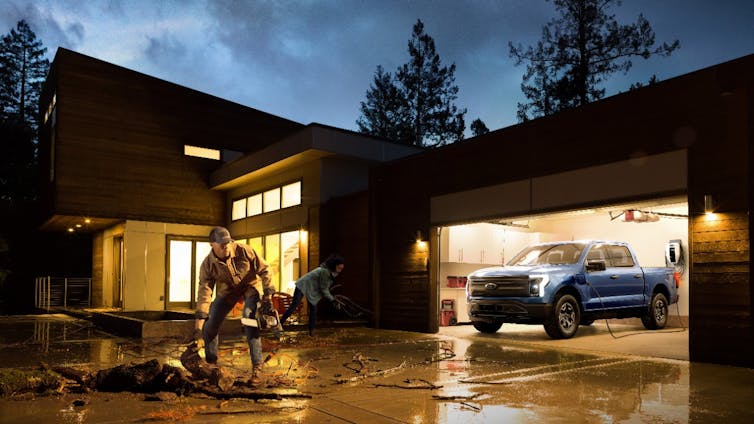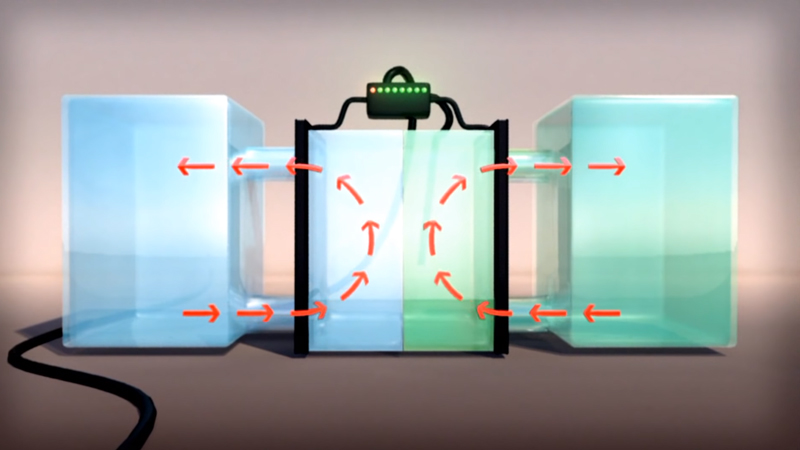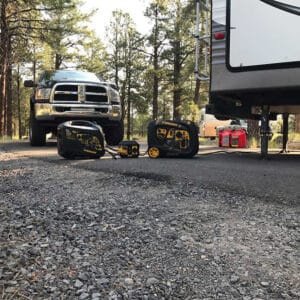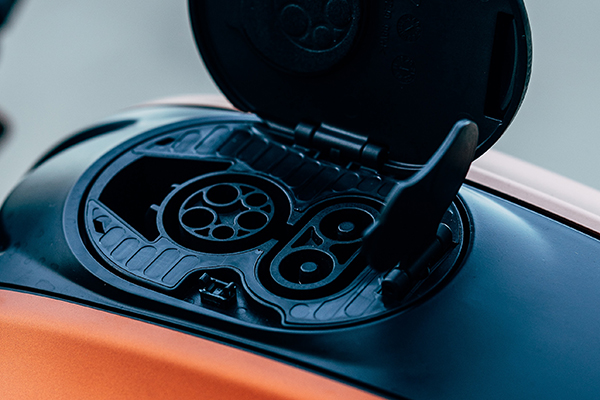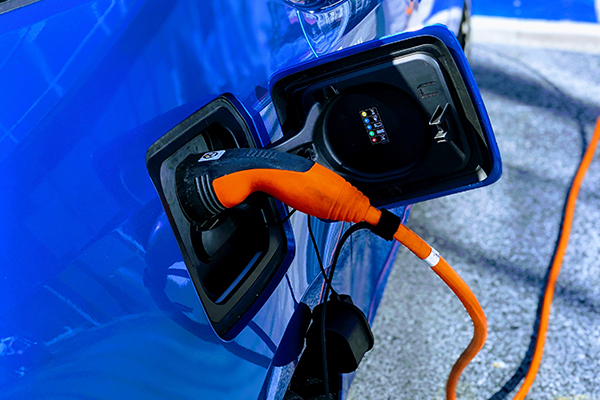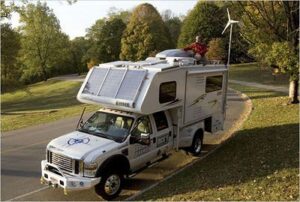BC Hydro launches call for private wind, solar power producers to feed grid
🔌 BC Hydro Launches Call for Private Wind and Solar Power Producers 🔆
For the first time in 15 years, BC Hydro is inviting bids from the private sector to address the growing demand for electricity in British Columbia. Crown Corporation announced that it needs an additional 3,000 gigawatt hours of electricity annually, enough to power the equivalent of 270,000 homes or a million electric vehicles.
Key Points:
- Increasing Demand: Demand is forecasted to increase by 15% by 2030, necessitating strategic planning to ensure a continued supply of clean, reliable, and affordable electricity.
- Renewable Energy: BC Hydro is seeking proposals for large-scale wind and solar projects, with capacities ranging from 40 to 200 megawatts, aiming to add 3,000 gigawatt hours of electricity annually by 2028.
- First Nations Ownership: Successful bids must include a minimum of 25% First Nations ownership, aligning with the goal of fostering economic reconciliation.
- Resilience and Sustainability: Diversification of the energy mix aims to make the energy system more resilient in the face of extreme weather conditions.
- Economic Impact: Anticipated to generate between $2.3 billion and $3.6 billion in private capital spending and create between 800 and 1,500 jobs annually, contributing to both economic growth and sustainability in the province.
BC Hydro launches call for private wind, solar power producers to feed grid
By Simon Little Global News
Posted April 3, 2024, 5:50 pm EST
2 min read:
For the first time in 15 years, BC Hydro is calling on the private sector to bid on projects to meet the province’s growing need for electricity.
Crown Corporation said Wednesday that it needs another 3,000 gigawatt hours of electricity annually, enough to power the equivalent of 270,000 homes or a million electric vehicles. “Demand is forecast to increase by 15 per cent between now and 2030,” Energy, Mines and Low Carbon Innovation Minister Josie Osborne said. “Our job in government and BC Hydro’s job is to plan for the future and ensure that we can continue to supply clean, reliable and affordable electricity that people and businesses need.” The utility is calling for the construction of large-scale wind and solar projects, producing between 40 and 200 megawatts, that could be online as early as 2028.
BC Hydro president and CEO Chris O’Reilly said the competitive process will take a bid’s location and what time of year they produce power into account. “The call for power launching today is one of the most important initiatives we currently have underway,” he said. “It’s a key step to increasing electrification and supporting a growing economy and population across British Columbia, and it will help us ensure that we continue to provide clean, affordable power for generations to come.” Successful bids will also need to have a minimum of 25 per cent First Nations ownership, with the aim of supporting “meaningful economic reconciliation.” First Nations will have access to loans through the Canada Infrastructure Bank to help them buy into the projects, he said.
The current call for bids will be the first in a series, launching every two years. “Each successive call will be tailored to the system’s needs at the time of the call’s design, depending on our projected needs at that point in time,” O’Reilly said. The move comes as BC Hydro seeks to diversify its energy mix. About 87 per cent of electricity in B.C. is currently generated by hydroelectricity, but a multi-year drought has raised concerns about future generating capacity in dry conditions. Last year, the utility was forced to import power due to low reservoir levels.
“We know B.C. will continue to see more extreme weather conditions in the years to come and that is why it is important we diversify how we produce electricity by bringing more wind and solar onto the grid, the costs of which have declined dramatically over the past years,” Osborne said. “This will make our energy system more resilient in the years to come.” The province estimates the new power projects will generate between $2.3 billion and $3.6 billion in private capital spending and create between 800 and 1,500 jobs annually. The call for new power sources is in addition to BC Hydro’s own 10-year capital plan, which earmarks $36 billion to expand transmission lines to mines in B.C.’s northwest, build new substations and lines to housing developments and upgrade infrastructure provincewide.
In Summary, BC Hydro’s recent announcement marks a significant shift as, for the first time in 15 years, they are inviting bids from the private sector to address the growing demand for electricity in British Columbia. With a projected increase in demand by 15% by 2030, Energy, Mines, and Low Carbon Innovation Minister Josie Osborne emphasized the importance of planning for the future to ensure a continued supply of clean, reliable, and affordable electricity. The call for bids specifically targets the construction of large-scale wind and solar projects, aiming to add 3,000-gigawatt hours of electricity annually by 2028. Notably, successful bids must include a minimum of 25% First Nations ownership, aligning with the goal of fostering economic reconciliation. This initiative not only seeks to diversify BC Hydro’s energy mix but also aims to make the energy system more resilient in the face of extreme weather conditions. Additionally, it is anticipated to generate significant private capital spending and create hundreds to thousands of jobs annually, contributing to both economic growth and sustainability in the province.
Source: https://globalnews.ca/news/10400506/bc-hydro-private-power-call/amp

